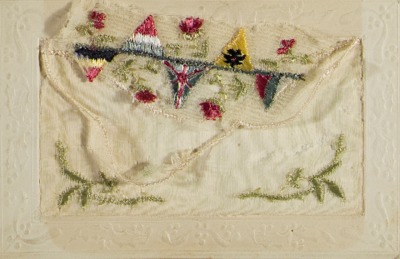Data modeling and encoding. Digital Editions of Correspondence material
Given my strong interest and experience in data modeling as well as in digital representation and processing of modern manuscript sources, I am currently working towards a model for the encoding of correspondence material using TEI P5.
Parenthetically but of great importance: data modeling is a central but currently under-represented in scholarly literature topic in digital humanities (see the recent Volkswagen Foundation-funded project Modelling Between Digital and Humanities: Thinking in Practice). I tend to see data modelling as the ‘conceptual glue’ between the understandings that scholars have of their research objects and the affordances of a particular computational technology. In our case, working with textual manuscript sources and their transcriptions and wishing to use/conform to TEI Guidelines, we need to develop a model in order to map our scholarly understndings/assumptions/needs to the TEI vocabulary and rules.
Taking into account recent developments within the TEI community such as the correspDesc extension and the CorrespSearch service, I am now collaborating with the CTB team in order to revise the DALF guidelines into a TEI P5 version and to customize them in order to include recent developments and case-specific features of correspondence material.
To this end, we are using as test-beds several correspondence corpora, such as material from the Archive of Modern Greek Correspondence, a research initiative of the Cultural Foundation of the National Bank of Greece, as well as from the corpus of Guido Gezelle’s letters.
